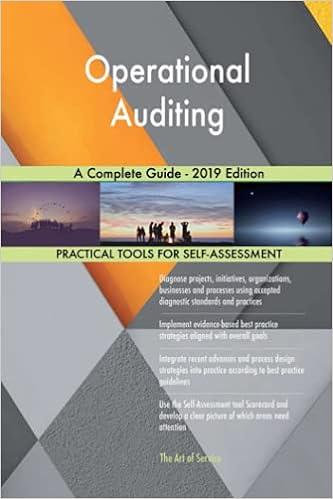Question
Upon graduating from UCW, you have been recently hired by the Heart Disease Foundation in Vancouver as a junior analyst. The foundation has collected data
Upon graduating from UCW, you have been recently hired by the Heart Disease Foundation in Vancouver as a junior analyst. The foundation has collected data from 303 patients (164 negative and 139 positive) in the last 10 years with symptoms of heart diseases. The following Excel sheet have listed the attributes used in the dataset as follows 1. age 2. Sex (1=male, 0=female) 3. chest_pain (1=typical, 2=atypical, 3=non-angina,4=asymptomatic) 4. Rest_bp (resting blood pressure) 5. cholestoral (cholesterol level mg/dl) 6. Fast_bsugar (fasting blood sugar level >120; 1=true, 0=false) 7. electrocardio (electrocardiographic results) 8. Max_hear_rate (max heart rate achieved) 9. Exer_angina (exercised induced angina) 10. Dep_exer (depression induced by exercise) 11. Slope_exer (slope of the peak of exercise) 12. Major_vessel (number of major vessels) 13. thal (3=normal, 6=fixed defect, 7=reversable defect) 14. diagnosis (the predicted attribute) (positive, negative) Based on the attributes given, they have been able to diagnose a patient as being positive or negative with a heart disease. As a new hire, you have suggested using predictive analytics you learned in Business Analytics class to help with identifying future heart disease patients. You decide to test the dataset to determine which ML classifiers will be the best to use in the prediction of patients with heart diseases. 1. Draw a simple confusion matrix for the heart disease test. 2. Draw 1 table highlighting the performance of the following classifiers (RIPPER, PART, Decision Table, Random Forest, J48, Random Tree, Artificial Neural Network, Simple Logistics, and Nave Bayes) In this table, highlight and group the different classifier types (i.e., bayes, functions, trees, and rule based). Show the following performance measures for your evaluations: Accuracy, Sensitivity/Recall, Precision, F-Measure, and ROC Area. 3. Analyze the results in question 2 above. Explain in detail the performance of the above classifiers by comparing the classifier types (3 Marks). Select 1 classifier that is better suited for the dataset, that you wish to recommend, based on what measure(s) and why. 4. Run a cluster analysis algorithm (simple k-means) on the dataset. Did the algorithm do a better job in clustering the dataset given that we know the predicted attribute (i.e., positive and negative patients)? Explain your answer based on the results
Step by Step Solution
There are 3 Steps involved in it
Step: 1

Get Instant Access to Expert-Tailored Solutions
See step-by-step solutions with expert insights and AI powered tools for academic success
Step: 2

Step: 3

Ace Your Homework with AI
Get the answers you need in no time with our AI-driven, step-by-step assistance
Get Started


